Principle
Heat is added to a gas in a glass vessel by an electric heater which is switched on briefly. The temperature increase results in a pressure increase, which is measured with a manometer. Under isobaric conditions a temperature increase results in a volume dilatation, which can be read from a gas syringe. The molar heat capacities Cv and Cp are calculated from the pressure or volume change.
Benefits
- Determination of cp and cv
- For both demonstration and student experiments
- Suitable for many different gases
Tasks
Determine the molar heat capacities of air at constant volume Cv and at constant pressure Cp.
Learning objectives
- Equation of state for ideal gases
- First law of thermodynamics
- Universal gas constant
- Degree of freedom
- Mole volumes
- Isobars
- Isotherms
- Isochors and adiabatic changes of state


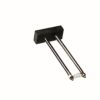
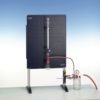
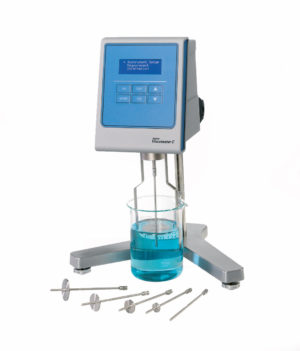
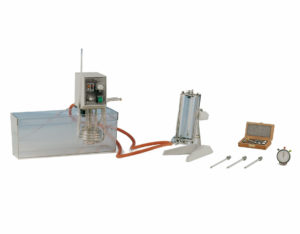
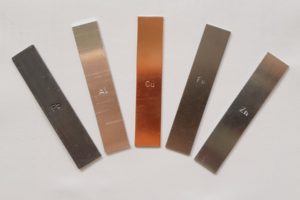
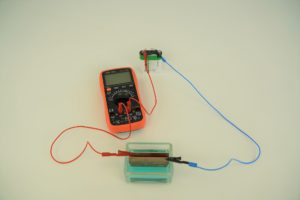
Reviews
There are no reviews yet.